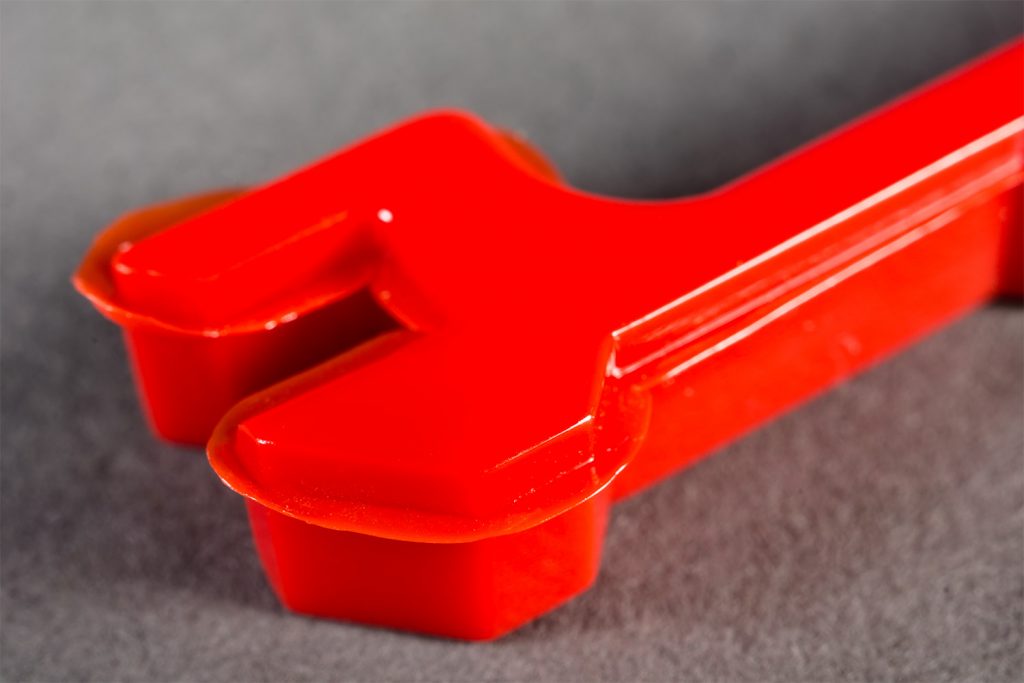Can your process techs quickly and effectively troubleshoot molded part defects? If not, they are probably relying on ‘traditional’ troubleshooting techniques.
The Traditional Troubleshooter
A traditional troubleshooter does not know the history of the process and is only concerned with fixing the defect — not investing the root cause. By making changes based solely on past experience without a documented standard, the effectiveness of each change cannot be verified.
Traditional troubleshooting may result in a part that looks good. But each time the process is adjusted to solve a defect, you are effectively creating a new process. In such situations, it is impossible to maintain confidence that the parts you are molding now are the same as those produced during the last successful run.
The Scientific Troubleshooter
A Scientific Troubleshooter knows the history of a given process and determines the cause of a defect before making any changes. All adjustments are based on knowledge and are appropriately documented. By doing so, Scientific Troubleshooters are able to verify the results of any change against the documented standard.
Routsis Training has identified 7 steps that ensure good scientific troubleshooting. Managers should expect all their technicians to follow this systematic approach every time they troubleshoot a process.
- Develop a reliable Scientific Molding process that can compensate for normal variation.
- Establish a Documented Standard Process by properly recording all relevant process outputs. Such documentation ensures everyone knows exactly what process results in good product.
- Examine the defective part and rule out obvious causes. More experienced technicians always do the best in this step.
- Compare the current process with the Documented Standard Process and find out exactly what is different.
- Return the process to the Documented Standard. This may require just a few parameter adjustments — or it could involve changing or repairing something a water temperature controller or barrel heater band.
- Verify the part and process to ensure the relevant process outputs match the Documented Standard Process.
- Document all changes made to the process (or system). This will ensure you have an accurate record of the production run. If similar problems arise in the future, such documentation is essential for quick troubleshooting and resolution of the issue,
These steps are covered in more detail in our Scientific Molding courses. Please check out Routsis Training’s extensive Scientific Molding training library, which includes both online courses and our exclusive SkillSet™ hands-on training labs.

0 Comments Leave a comment